Author: Antony Ingram
Photography: Antony Ingram
In a different timeline, the lawn of Grimsthorpe Castle for this year’s Festival of the Unexceptional might have been full of examples of British Leyland’s ECV3. As it was, there was only one, brought along by the British Motor Museum – an exceptional car that never got a chance to become unexceptional.
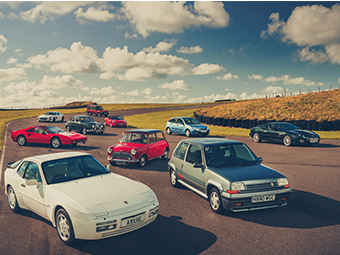
To modern eyes the ECV 3 falls into an uncanny valley, looking at once surprisingly modern, but also clearly a product of its 1982 inception. Designed by Harris Mann, the five-door fastback form, integrated bumpers, and floating roof are all details you’ll see on plenty of cars today, and while you can’t view the passage of air over its body, the low drag coefficient of 0.24 is also a detail touted by several modern production cars. But the expansive glasshouse and small wheels mark it out as a car from a different era, while the somewhat approximate fit and finish give away its prototype status.
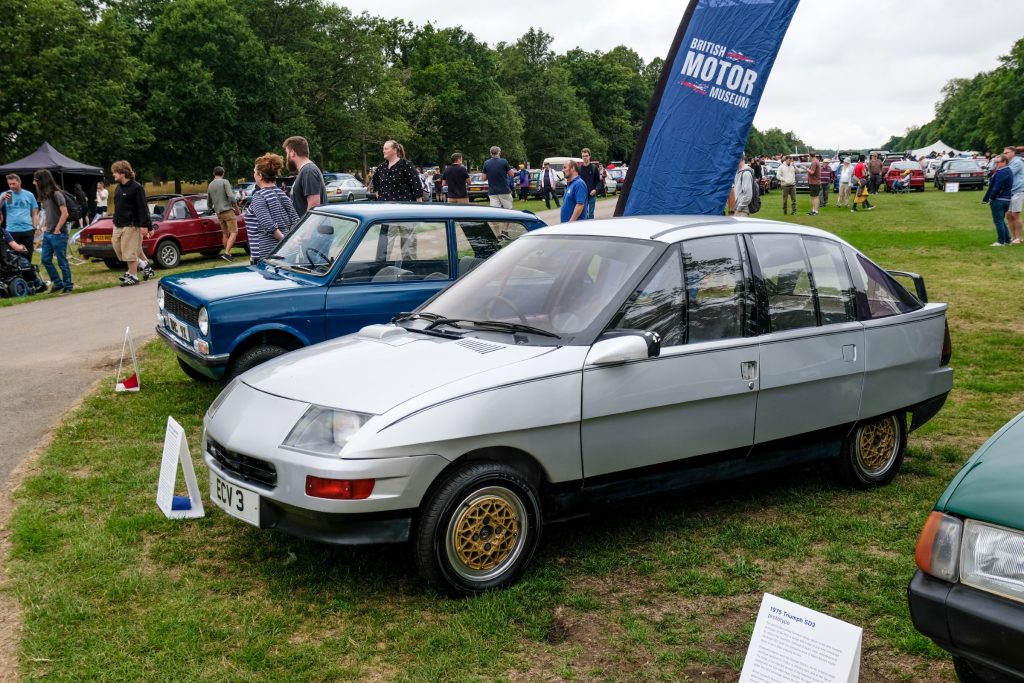
Mechanically though it also wouldn’t look out of place today, or at least five or ten years ago. A 1.1-litre three-cylinder petrol engine producing 72bhp is a combination that wouldn’t seem out of the ordinary in a modern A-segment hatch, though no modern city car (what’s left of the segment, anyway) approaches its 664kg kerb weight.
With low weight and impressive aero, the focus was clearly fuel economy: in 1982, Autocar quoted British Leyland’s figures for the ECV 3 as being 81mpg at 56mph, 61mpg at 75mph, and 49mpg on the urban cycle. Perhaps even more impressively, and a sign of the car’s aerodynamics, was the potential for 40mpg even at 100mph – and the ECV 3 had another 15mph to go at that speed, which wasn’t too shabby, and still isn’t, for a 70-horsepower car.
ECV 3 was the culmination of several technologies that BL was working on back in the 1970s and 1980s. Austin Rover chairman, Harold Musgrove, expected the company to produce what he called a ‘plastic car’ by the end of the 1980s, aimed at improving a car’s lifespan through reducing corrosion (still endemic in the early ’80s), and parking damage protection.
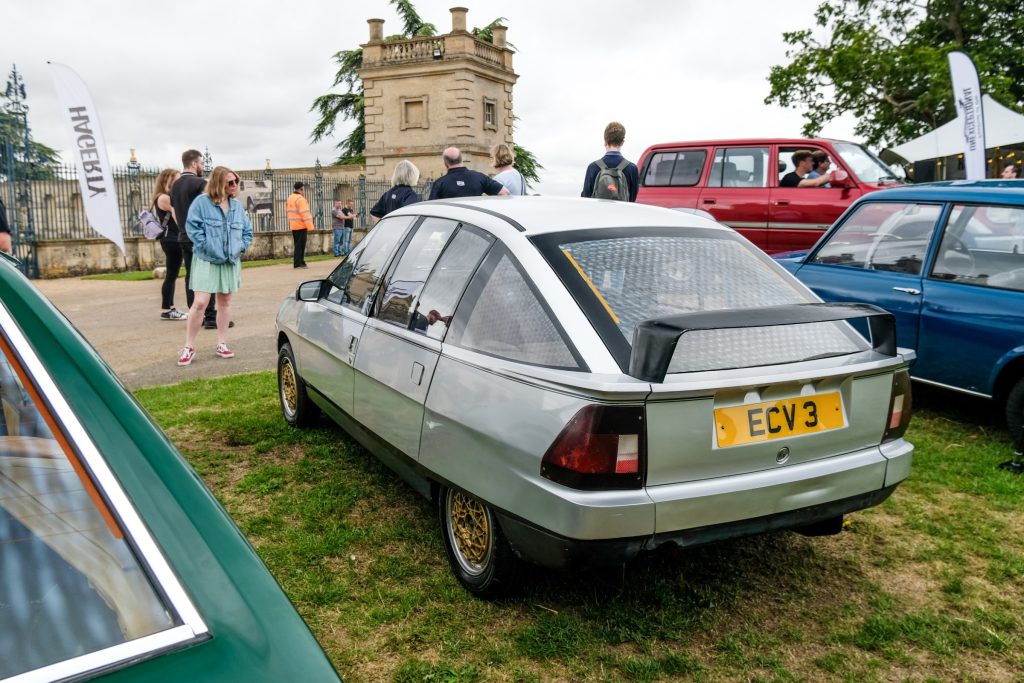
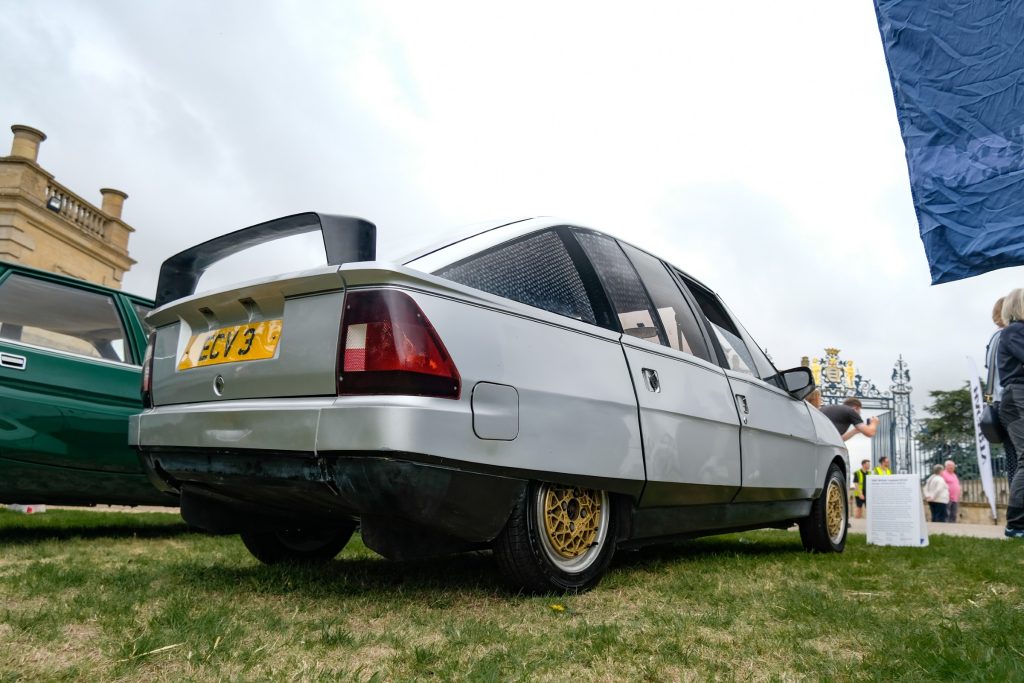
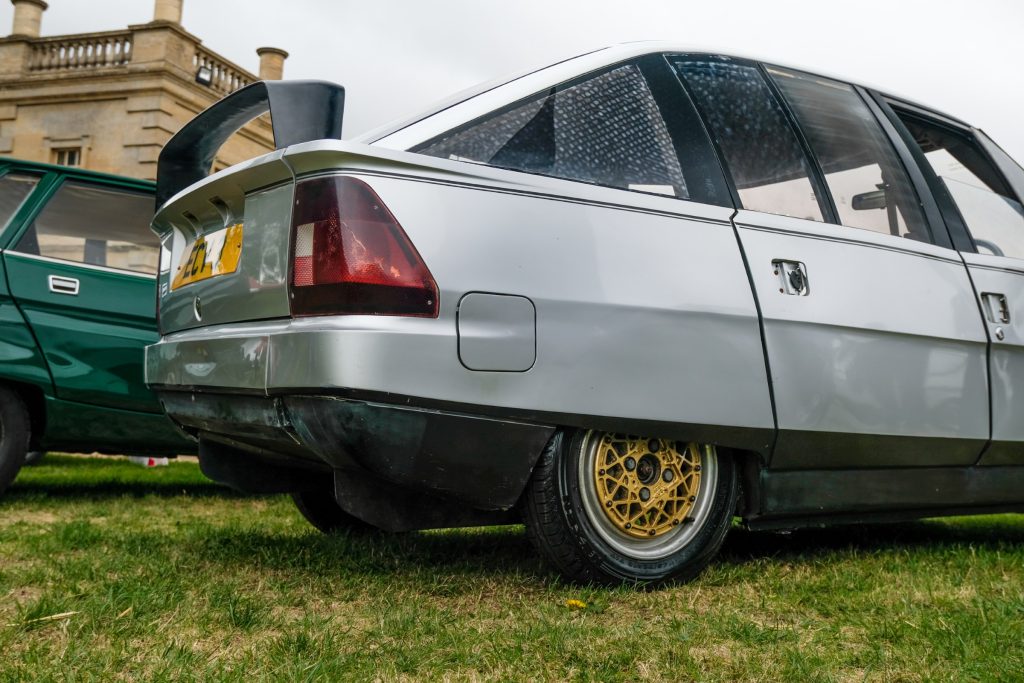
BL’s Spen King, meanwhile, aimed for the ECV 3 to be as practical as a contemporary family car, and at least as good in terms of handling, ride, refinement, and safety. It would have to be light to achieve the team’s performance goals with a modest engine, while clever packaging would allow Ford Sierra-style interior volume with an Escort-sized exterior.
The structure was an aluminium spaceframe with plastic panels. The “body in white” – the bare shell with doors and tailgate but without its glass – came to only 136kg, and the tiny 12-valve SOHC engine co-developed with Ricardo was light too at 84kg. The weight saving also extended to plenty of individual parts; the front brake calipers and rear drums were aluminium, for instance.
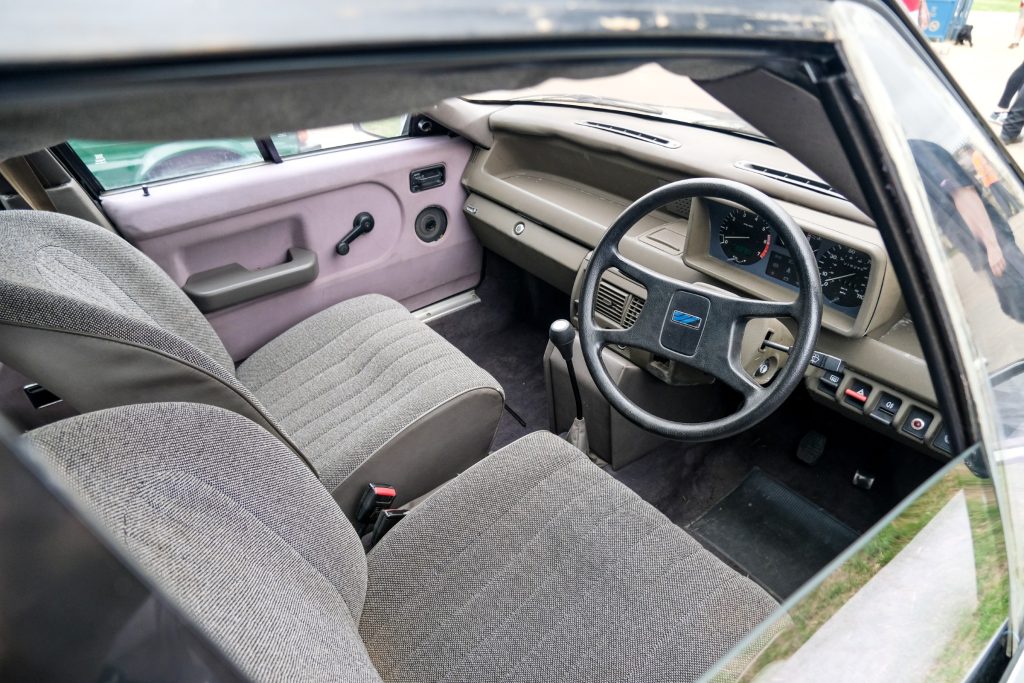
BL had intended to attach a CVT to the ECV 3 (a transmission that would later appear in the Metro) but as show-goers would see when peering through the open windows at FOTU, the prototype ended up with a Volkswagen-sourced manual gearbox. Swift cog-swapping returned a brisk 0-60mph time of 11 seconds. Also visible in the prototype is a Metro-style dash and steering wheel, some curiously pink door cards, and a set of comfortable-looking tweed seats. Like the exterior, were it not for some particularly haphazard finish (even by 1980s BL standards), it really wouldn’t be far removed from a production car of the time.
Driving the car, Autocar found it softly-sprung and noted the three-cylinder engine had ‘a most curious note; busy, even slightly rorty’, adding that it was ‘no long-geared, gutless economy special’. It must too have seemed remarkable in comparison with the Austin Metro the magazine was running as a long-term car and wrote about in the same issue – a car that was averaging just shy of 40mpg and yawned to 60mph in 18.3 seconds.
Whether BL would have been able to translate the ECV 3’s abilities into a production car (and then build it properly – the aforementioned long-term Metro was beset by rattles from every corner of the cabin, and plenty of noises outside the cabin too) is a moot point, as it was never destined for production. The ECV 3 was a true concept, designed to test ideas rather than preview a future model.
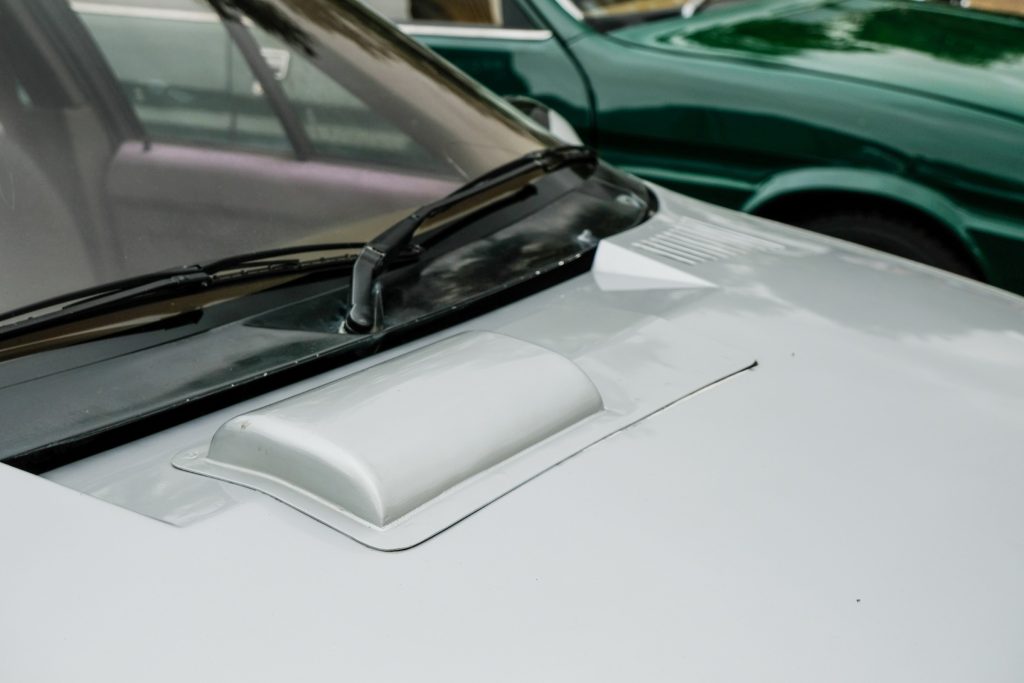
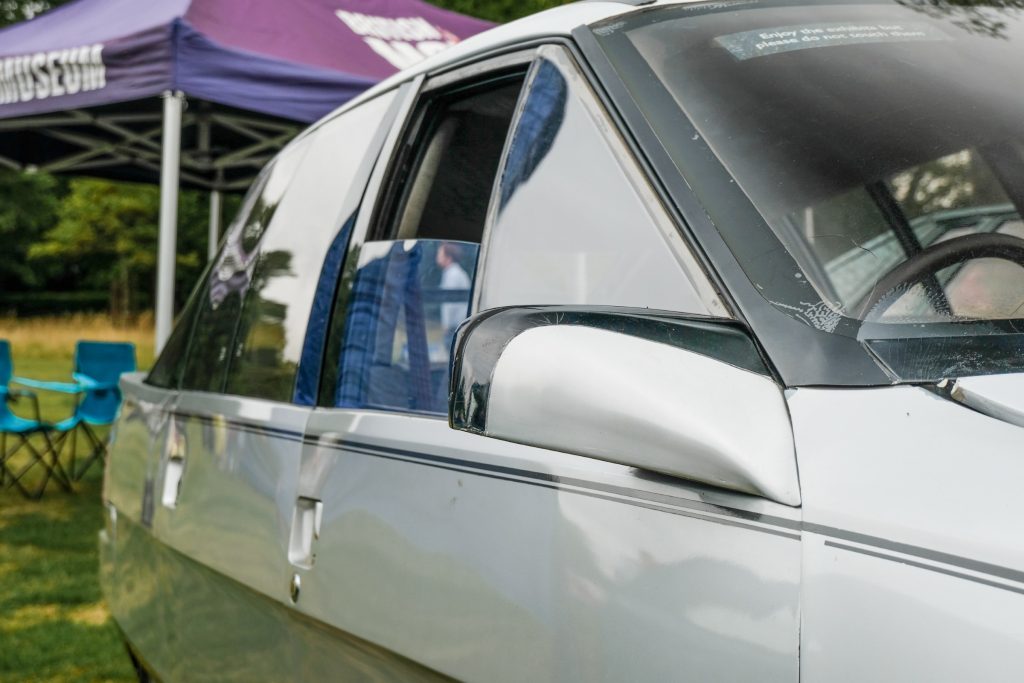
And yet, few of those ideas ever hit the road – at least in a car built by BL, Austin Rover, or one of the many shapes and forms the company took through the 1980s, 1990s and early 2000s. ECV 3’s proposed CVT gearbox made it, the MG XPower SV did use composite body panels (albeit carbon fibre), and the K-Series engine exhibited some of the sophistication previewed by the ECV 3’s three-cylinder, but the brand’s subsequent production cars were otherwise entirely conventional.
In the end, perhaps the closest any manufacturer got to a car like the ECV 3 was Honda, with its first-generation Insight, launched in 1999. Not as light, it nevertheless used an aluminium structure (with alloy and plastic panels), had a lightweight three-cylinder engine (albeit hybrid-assisted), had a drag coefficient of 0.25, and could return a real-world 70mpg at 70mph. Had Honda and Rover’s relationship lasted into the late 1990s, perhaps we’d have seen a Rover version – a true spiritual successor to the ECV 3.
What’s your verdict on the British Leyland’s ECV 3 – a missed opportunity, or just too bold for its time? Share your thoughts on this forgotten eco-innovator in the comments below!
Keep your classic on the road
At Hagerty, our mission is simple: to help you protect the car you love. Discover trusted classic car insurance from the people who get it.
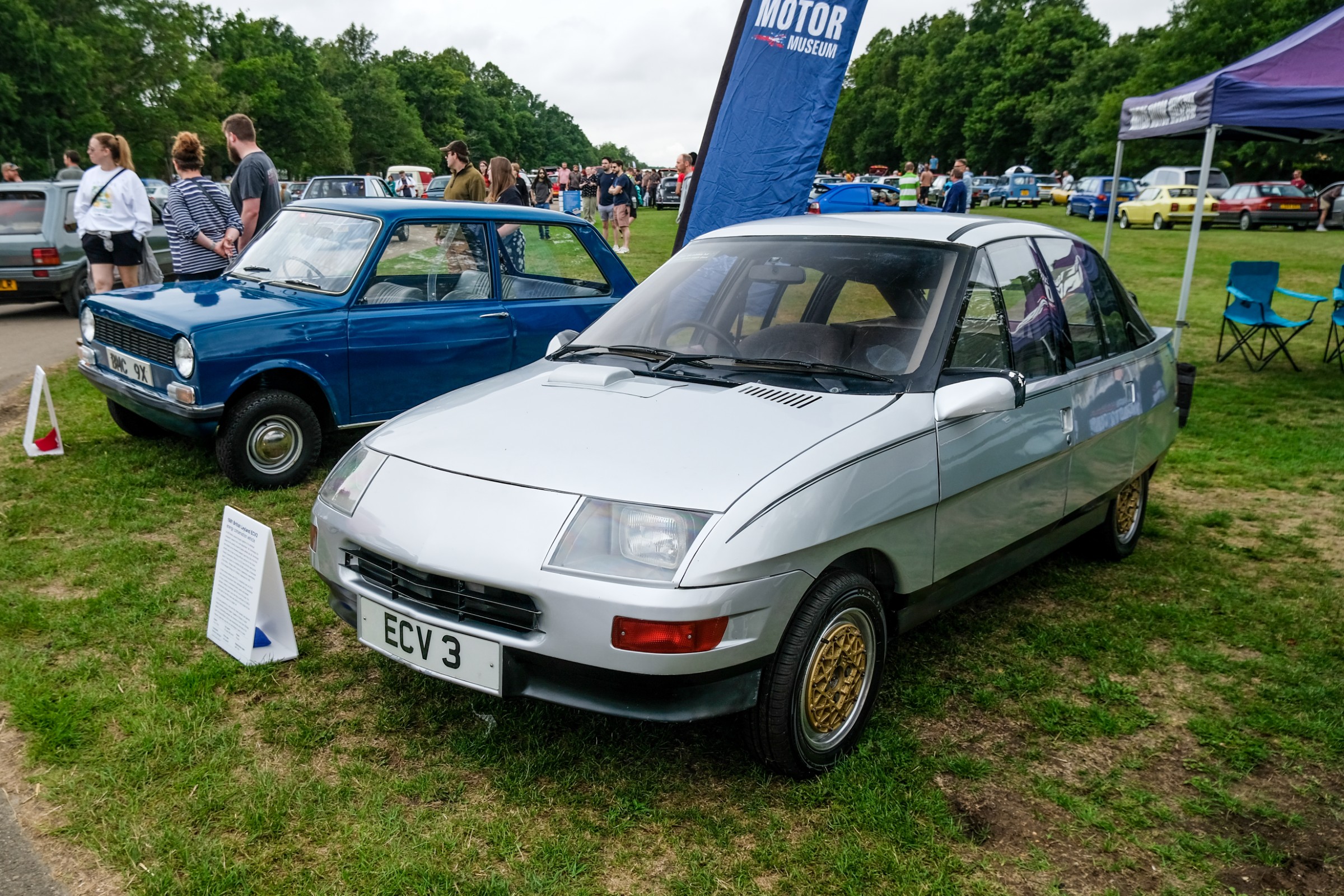
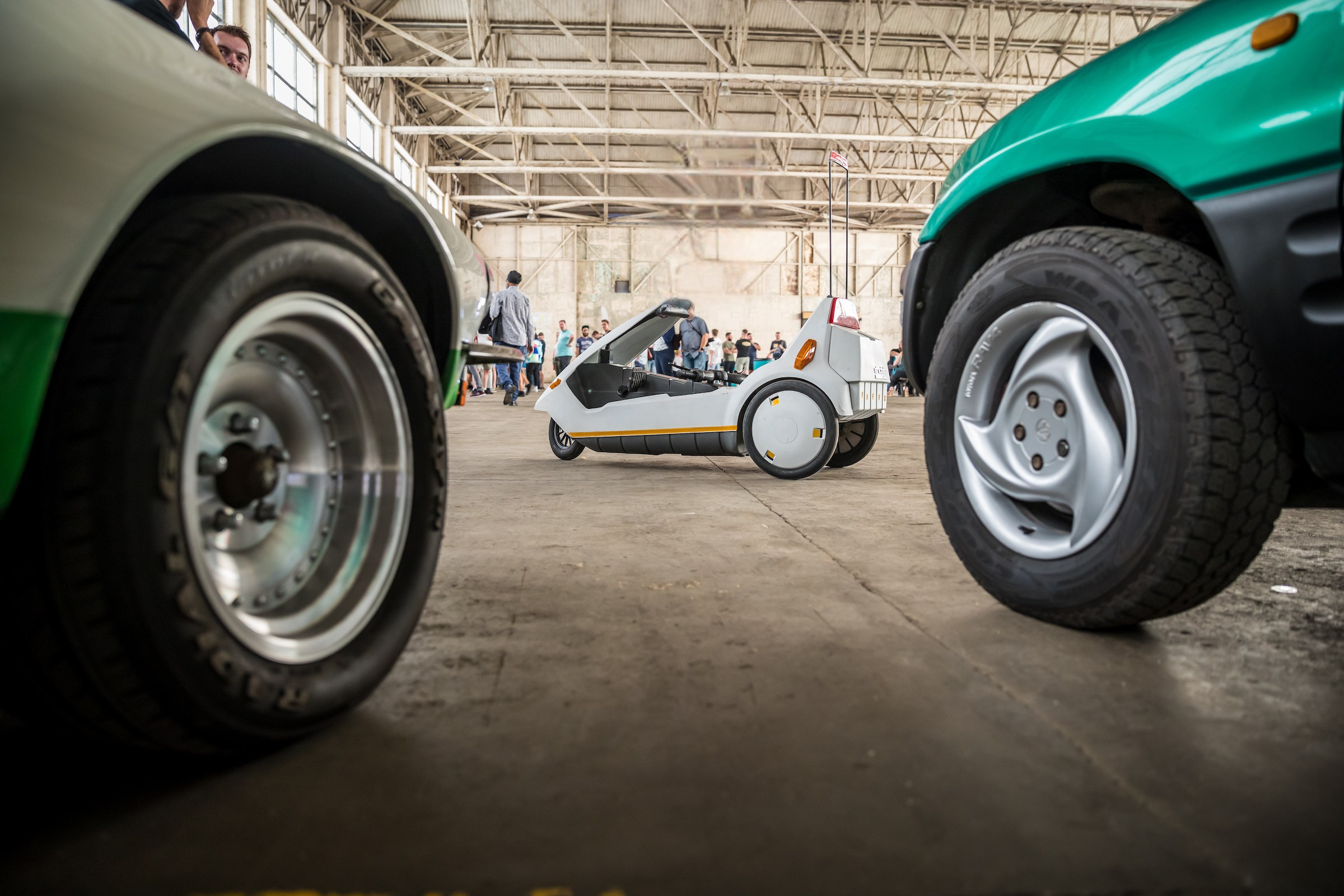



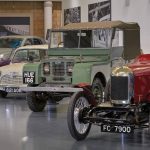
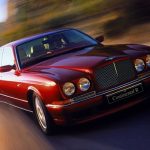
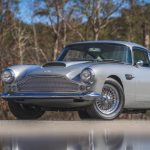
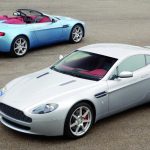
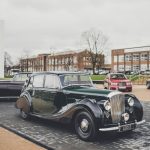
Could it have saved BL after several rotten tomatoes?
I did some carburation work on the ECV 3 to get it to meet emissions and economy targets while while still maintaining performace. The 3-cylinder was known as the 3-cylinder K Series. Without the flywheel, it was light enough to carry around quite easily.
If my memory isn’t messing with me, it had a glued and stapled aluminium chassis, predating the Elise by 10 years. The staples, by the way, were to deal with concerns about the glued joints peeling open. I have fond memories of that car and it certainly wasn’t unexceptional.